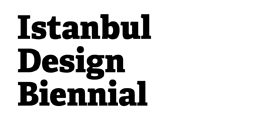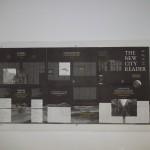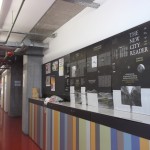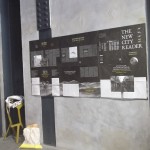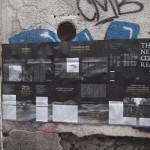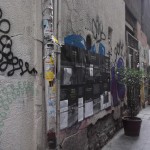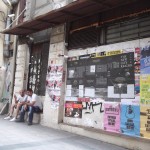Musibet: a text by Emre Arolat from the pages of NCR04 “Horoscope”.

Oh beautiful Istanbul! You incorrigible, you rich-hearted city…
Not that it has ever been seen to sit still and behave, but it is once again teeming with life these days. All bouncy and bubbly, doing cartwheels, hopping and skipping. With its spine contracting and stretching; its face darkening one minute and lightening up the next, yet nevertheless becoming increasingly foggy and obscure. This time, the progress is much faster than ever.
Daydreams of great transformation, a kind of hyperactivity, or simply delirium. Any given moment, another bright idea, any given day, another new project… It may be crazy, it may be absurd, who cares! Quickly drawn up drafts, hastily organized tenders based on these drafts. Clumsy interventions, desperately implemented city-scale decisions. Instead of specificity, the spirit of searching, understanding, participation, and social agreement, here we find a self-styled state of autos-kratos. Ridiculing all attempts to pursue subtlety and grace. Refusing to go deeper, unable to go deeper, unwilling to go deeper, preferring to sweep the surface. Just like the mild, slippery, hedonistic surfing movement of virtual reality. Swaying aimlessly about and just as it seems to be holding on to something, suddenly changing colour. Surrendering itself to the fresh and provocative winds of the world of entertainment.
[ Read more ]

